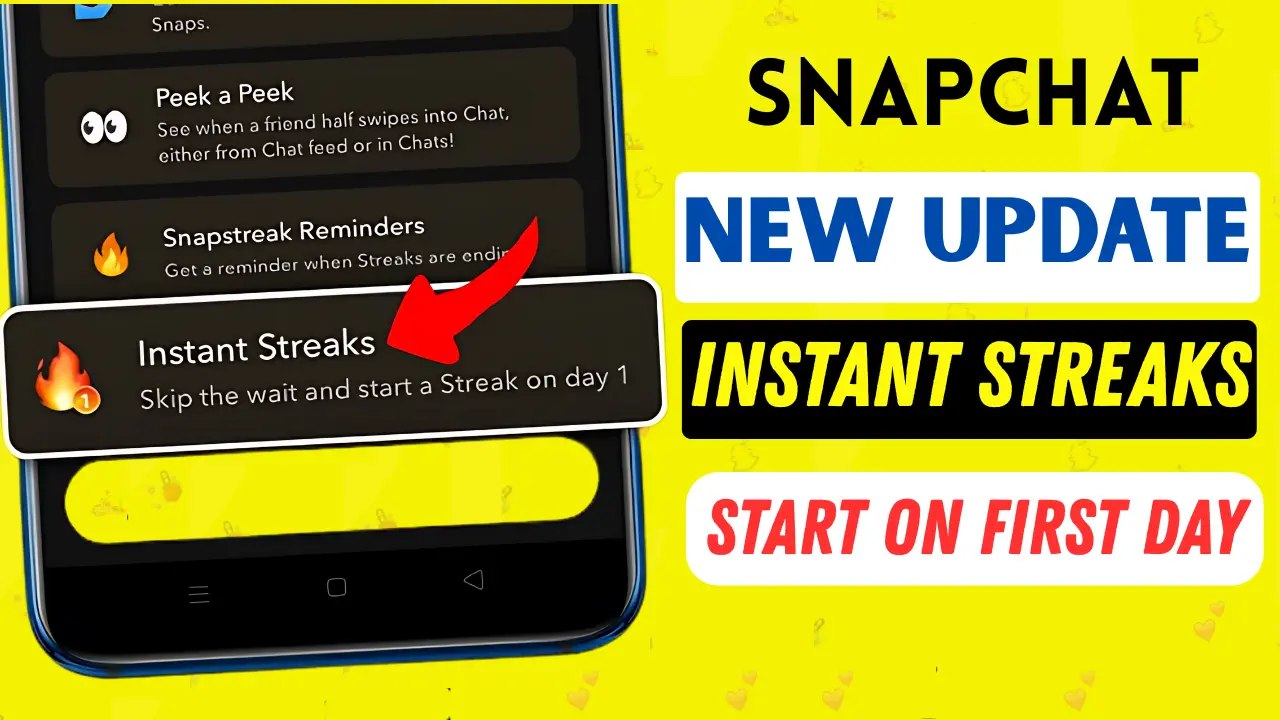Is Snapchat Safe for Kids? A Parent’s Guide to Protecting Teens in 2025
Is Snapchat safe? This question is on the minds of parents today as young people consider the platform to be an important part of their daily lives. Snapchat’s unique features, such as self-disappearing messages and location sharing with the help of Snap Map, are a concern for parents. While the app allows young people to connect with their friends in a quick and fun way, it also comes with some risks, such as unsafe connections, online grooming, and misuse of personal information.
Snapchat has introduced several features for its own safety that parents can use to protect their children, such as limiting privacy settings, using two-factor authentication, and protecting location through Ghost Mode. The most important thing is that parents should communicate openly with their children and monitor their children’s activities using tools like Family Center, but also make sure that children’s privacy is respected. It is the responsibility of parents to set appropriate boundaries and healthy social media habits to protect their teens from social pressure.
Ultimately, Snapchat is not completely safe, but when parents and teens work together to take precautions, it can be a safe and positive platform. Parental awareness, safety measures, and trusting conversations with teens can help protect them from the potential dangers of the online world. This way, teens can stay connected to their friends while also taking care of their privacy.
The Reality of Snapchat in 2025
Snapchat is not just another social media platform. It is built around sharing quick photos and videos called “snaps” that disappear soon after viewing. Teens use Snapchat to stay connected with friends through private chats, short Stories that last 24 hours, and interactive features like lenses and filters.
Today, Snapchat boasts over 414 million daily active users worldwide, with a significant number of them between the ages of 13 and 24. Teens enjoy Snapchat because it feels authentic when the messages disappear, so there’s less pressure to be perfect or polished. They also appreciate having a private space away from parents or teachers, unlike platforms like Facebook or Instagram, where adults might be more present.
Key Features Parents Should Understand
While Snapchat’s features make it fun, some of them can also cause concern.
- Disappearing Messages: Many teens think messages vanish forever, making them feel safe sharing anything. But this is not entirely true. Messages can be saved through screenshots, screen recordings, or even snapped with another device. This false sense of security sometimes encourages risky sharing of inappropriate photos or messages.
- Snap Map: This feature shows a user’s live location on a map that friends can view. Although location sharing is off by default for teens, many turn it on without realizing the dangers. Sharing a live location can expose a teen to stalking, bullying, or unwanted attention if it falls into the wrong hands.
- Snapstreaks: These are counters that track how many days in a row friends exchange snaps. For many teens, maintaining a streak becomes a social pressure and creates anxiety. Some teens even share passwords with friends to avoid breaking streaks during busy or offline days.
- Friend Solar System: A premium Snapchat feature that ranks friends based on interaction frequency. While it might sound fun, it can create jealousy or hurt feelings when someone realizes they are less important to a friend than expected.
Why Is Snapchat Risky for Teens?
Despite its fun and social nature, Snapchat carries real risks that parents should know.
- Online Grooming and Sextortion: In 2023, Snapchat was found to be the most common platform used for online grooming, with nearly half of such cases occurring there. Predators take advantage of disappearing messages to manipulate and pressure teens into sharing explicit content, which can then be used for blackmail.
- Exposure to Strangers: The app’s “Quick Add” feature suggests friends of friends, sometimes connecting teens with people they do not know. While Snapchat has introduced warnings for messages from strangers or suspicious accounts, the risk remains that teens may engage with dangerous individuals.
- False Privacy: Because snaps disappear, teens sometimes share things they would not normally post elsewhere. This can lead to serious problems if someone captures or shares the content outside the intended audience.
- Mental Health Effects: Research shows heavy social media use, including Snapchat, can increase feelings of anxiety and depression among teens. The pressure to maintain streaks, constant checking of the app, and seeing others’ “perfect” moments can negatively affect self-esteem and emotional health.
How Snapchat Helps Keep Teens Safe
Snapchat has introduced several safety features that parents should activate to protect their teens.
- Privacy Settings: Parents should help their teens limit who can contact them and view their Stories. Changing contact settings to “Friends only” and disabling “Quick Add” can reduce unwanted messages and friend requests.
- Two-Factor Authentication: This adds an extra layer of security by requiring a code sent to a phone or authentication app when logging in. It helps prevent account hacking.
- Ghost Mode: Turning on Ghost Mode hides a user’s location on Snap Map. Since location sharing poses safety risks, it’s a good idea for teens to keep this mode activated.
- Content Filters: Snapchat offers options to restrict sensitive or inappropriate content in Stories and Spotlight feeds, helping to limit exposure to harmful material.
Family Center: Monitoring Without Invading Privacy
One of Snapchat’s best tools for parents is the Family Center. This feature allows parents to monitor their teens’ Snapchat activity without reading their private messages.
Setting up Family Center is simple:
- Parents create a Snapchat account and add their teen as a friend.
- They invite the teen to join the Family Center, which the teen must accept.
- Parents can then see their teen’s friends list, recent chat partners, and privacy settings.
Importantly, Family Center does not show message content or exact communication times, striking a balance between parental oversight and teen privacy. It encourages open conversations instead of spying.
Talking to Teens About Snapchat Safety
Having a conversation about Snapchat can be tricky. Teens often react negatively if they feel controlled or monitored too closely. Here are some tips for parents:
- Approach the talk as a team effort to stay safe, not a punishment.
- Ask questions like, “How do you know the people you chat with are trustworthy?” or “What would you do if someone made you uncomfortable on Snapchat?”
- Avoid demanding to see their phone; instead, express your concerns openly and listen.
- Work together to set reasonable rules, like no location sharing or limits on daily use.
Regular discussions build trust and help teens feel supported rather than policed.
Creating Healthy Boundaries
Parents can encourage healthy social media habits by:
- Setting “no phone” times during meals or before bedtime.
- Modeling balanced screen time themselves.
- Encouraging offline activities and face-to-face friendships.
- Checking in regularly about their teens’ Snapchat friends and experiences.
FAQs about Is Snapchat Safe
Final Thoughts
So, is Snapchat safe? The answer depends on how it is used. No social media app is completely risk-free, but with the right tools and conversations, parents can help teens enjoy Snapchat’s social benefits while avoiding harm.
Using Snapchat’s built-in safety features, setting clear boundaries, and keeping an open line of communication are the keys to protecting teens in 2025 and beyond.

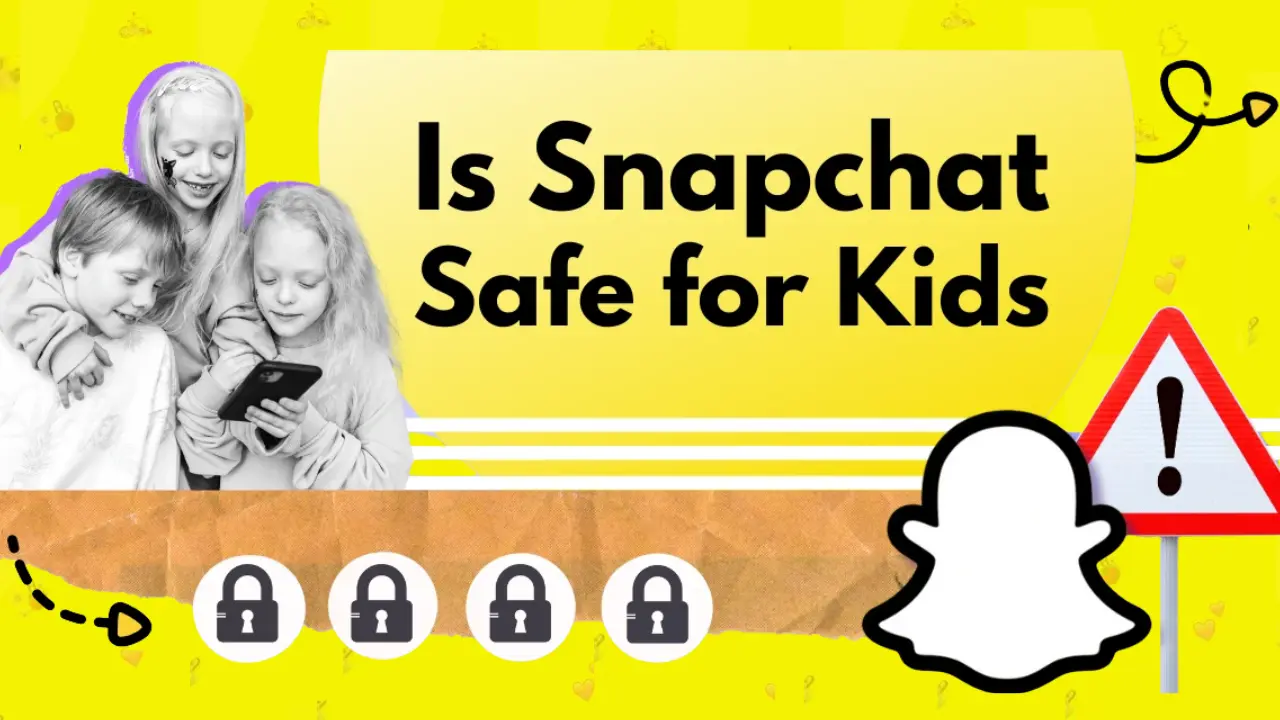
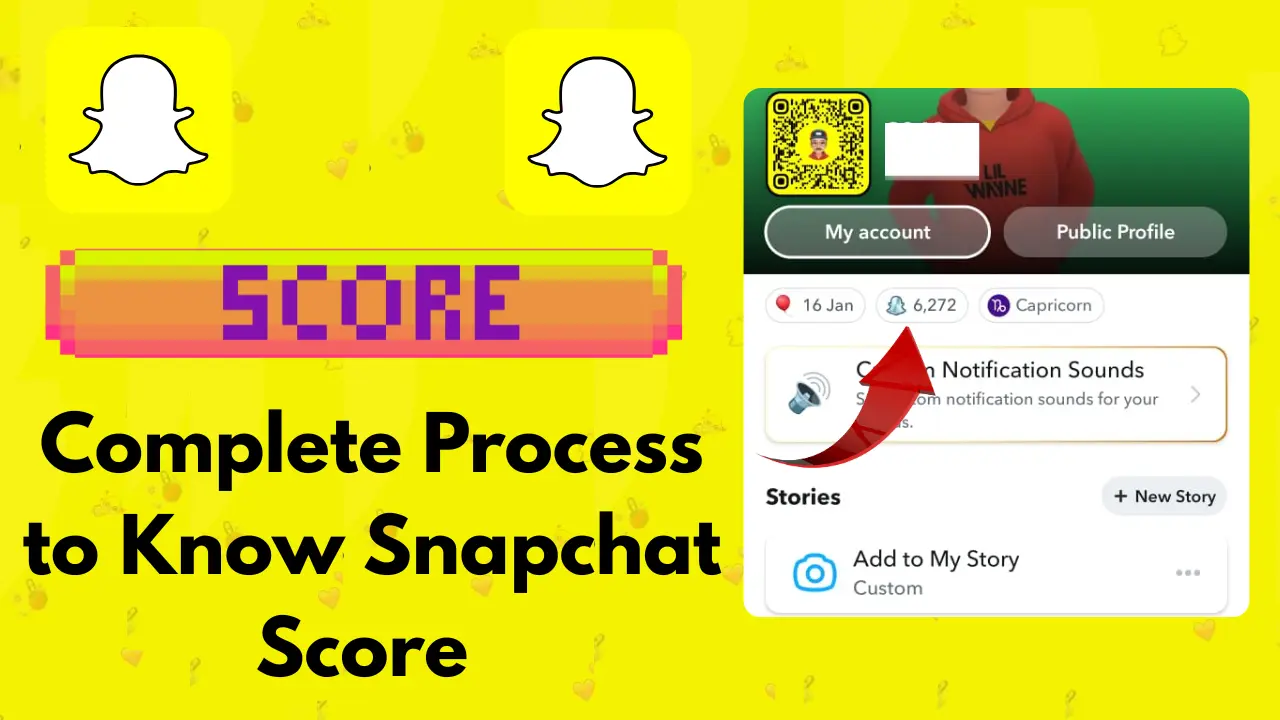
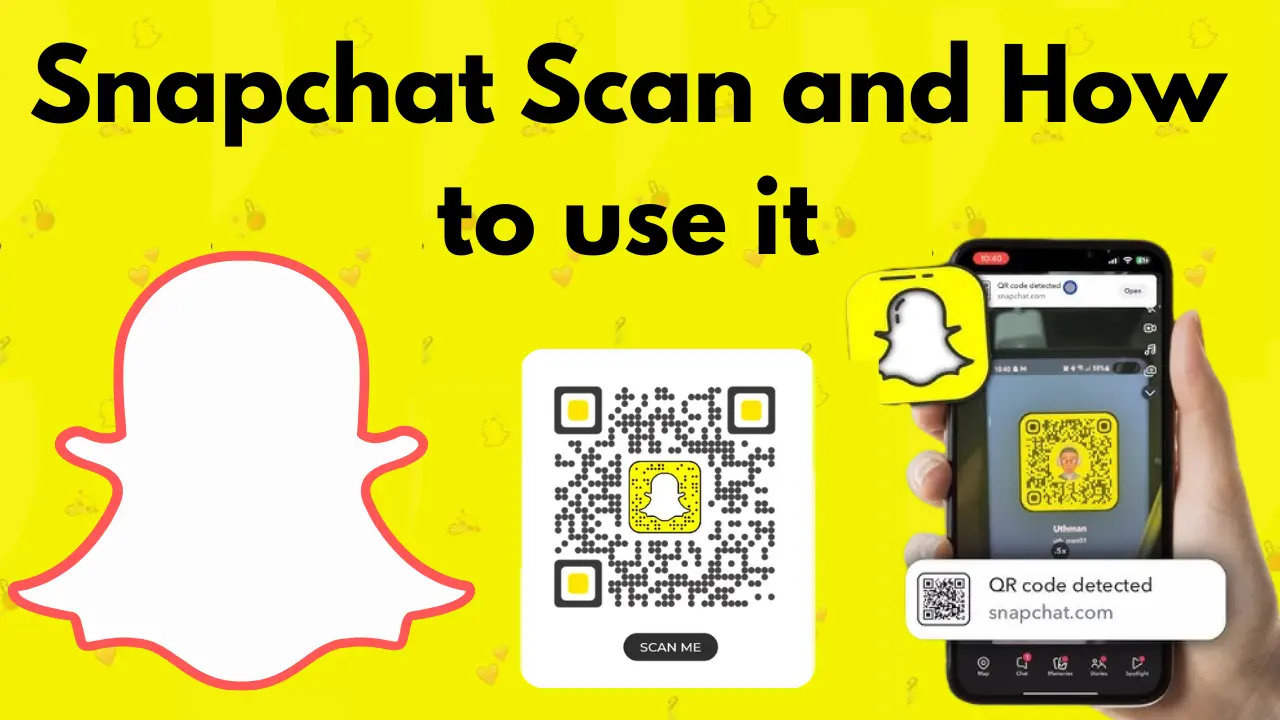
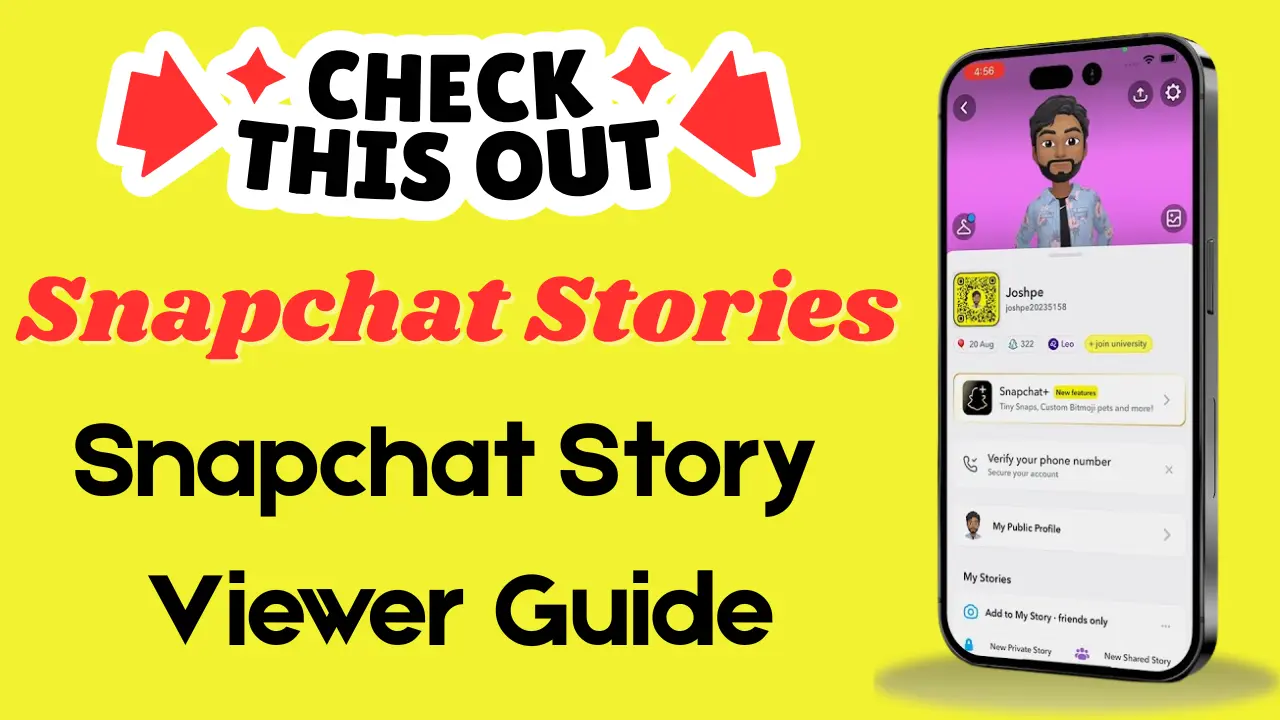
![How To Remove Friend On Snapchat [Complete Guide]](https://snapsolarsystem.com/wp-content/uploads/2025/06/How-To-Remove-Friend-On-Snapchat.webp)
![Procedure to Check Who Screenshotted Your Snapchat Story [Know Guide in 2025]](https://snapsolarsystem.com/wp-content/uploads/2025/06/How-to-Check-Who-Screenshotted-Your-Snapchat-Story.webp)
